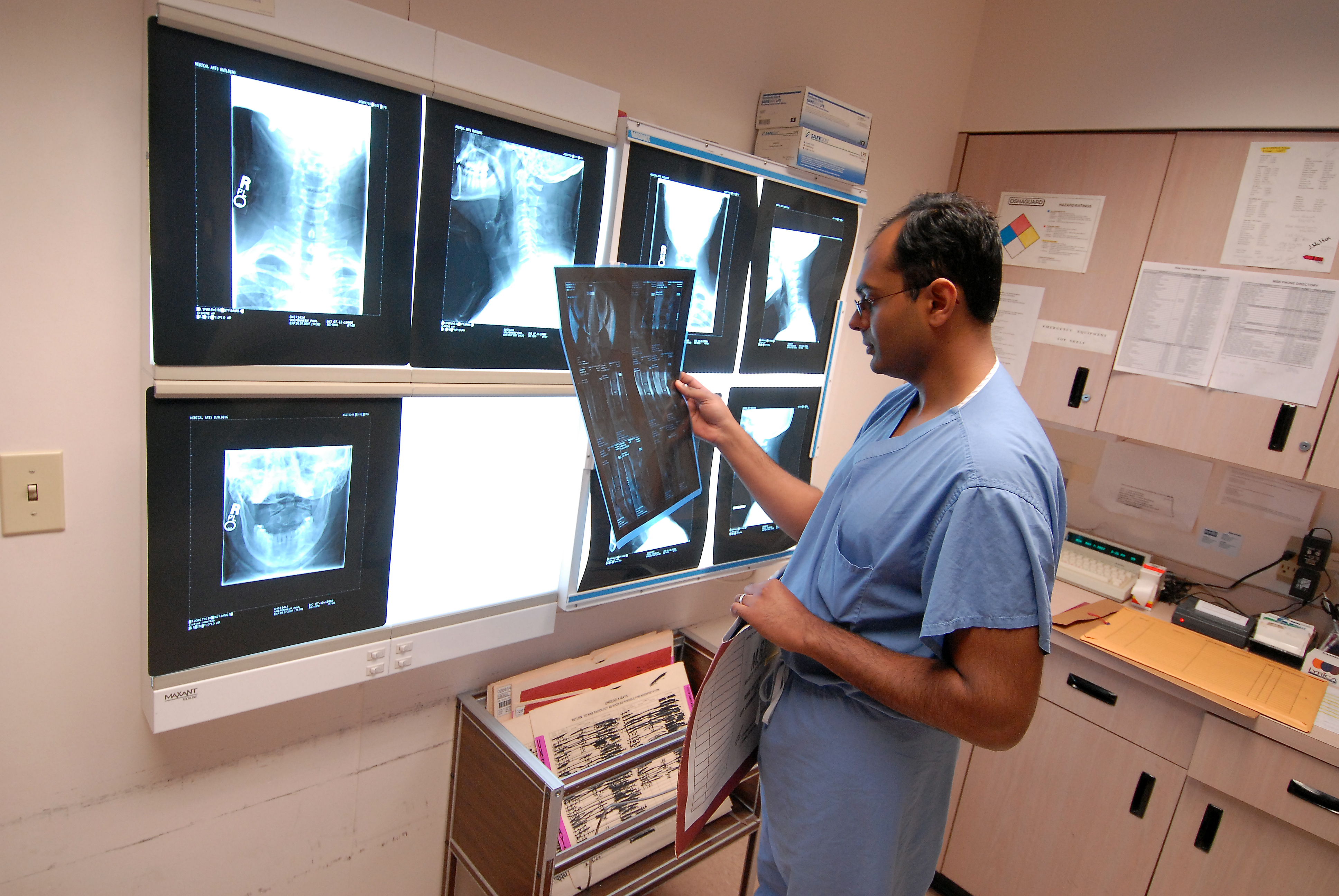Networking with the Best Spine Surgeons in St Louis MO for Comprehensive Treatment
Networking with the Best Spine Surgeons in St Louis MO for Comprehensive Treatment
Blog Article
An Overview of Spinal Column Problems That Frequently Lead To Surgical Treatments
Back conditions such as herniated discs, spine constriction, and degenerative disc disease frequently necessitate medical treatments when traditional treatments fall short to alleviate relentless signs. Comprehending the nuances of each problem and the equivalent medical options, such as discectomy or spine fusion, is crucial for efficient monitoring.
Herniated Discs
Although numerous people with herniated discs might locate alleviation via conventional therapies, surgery ends up being a needed consideration when signs persist or worsen - best spine surgeons in st louis mo. A herniated disc takes place when the soft internal gel of a spinal disc extends through its outer layer, possibly leading and compressing neighboring nerves to pain, numbness, or weakness in the extremities
Conservative management usually consists of physical therapy, discomfort medications, and corticosteroid shots, which aim to reduce inflammation and improve function. In situations where these approaches stop working to alleviate debilitating signs, medical alternatives may be discovered.
The most usual surgery for herniated discs is a discectomy, which includes the elimination of the herniated section of the disc to soothe stress on the impacted nerve origin. In more extreme situations, spine blend might be required to support the impacted vertebrae.
Patients are suggested to discuss the prospective threats and benefits of surgical treatment with their medical care company to make a notified choice. Ultimately, the objective of any kind of medical intervention is to bring back function, ease discomfort, and improve total lifestyle for people experiencing herniated discs.
Spine Stenosis
Spinal stenosis happens when the areas within the spine slim, causing increased pressure on the spine and nerves. This condition can create in numerous regions of the spinal column, including the cervical and back locations, often due to age-related changes, such as degenerative disc disease, arthritis, or thickening of tendons.
Patients with spinal stenosis might provide with signs that consist of pain, numbness, prickling, or weakness, mostly in the legs or arms. These signs and symptoms can be aggravated by activities that involve standing or walking, often leading people to look for relief via conventional therapies like physical treatment, drugs, or epidural steroid injections.
Nonetheless, when these non-surgical treatments fall short to provide ample alleviation, surgical options may be thought about. Typical medical treatments for spinal stenosis consist of laminectomy, which entails the removal of component of the vertebra to relieve stress, and spinal fusion, which stabilizes the affected area.
Spondylolisthesis
Spondylolisthesis takes place when one vertebra slides forward over another, leading to misalignment of the spine. This condition can arise from numerous factors, including genetic issues, trauma, or degenerative modifications in the spine. It is most commonly observed in the lumbar region, specifically at the L4-L5 and L5-S1 levels.

Therapy options differ based on the severity of the slippage and the signs presented. Traditional measures, including physical treatment, pain administration, and task adjustment, are commonly the first line of defense. Nevertheless, when non-surgical techniques fail to ease signs and symptoms or when considerable nerve compression exists, medical intervention may be necessitated. Surgical choices can consist of spine combination or decompression procedures, targeted at bring back alignment and alleviating neurological symptoms. Early diagnosis and ideal management are essential for ideal end results in patients with spondylolisthesis.
Degenerative Disc Condition

The condition can be detected with a combination of scientific analysis, imaging researches, and person background. When these approaches stop working to supply sufficient alleviation, surgical treatments may be taken into consideration.
Surgical alternatives for DDD might consist of spine combination or fabricated disc substitute, aimed at supporting the affected sector and relieving pain (best spine surgeons in st louis mo). Inevitably, the option of treatment is embellished, considering the severity of the problem, patient wellness, and way of life variables
Spinal Lumps

What elements contribute to the growth of growths within the back, and exactly how do they manifest in patients? Back growths can develop from different factors, including hereditary tendency, environmental impacts, and pre-existing medical conditions. They can be classified as main lumps, coming from the spinal column, or secondary growths, which spread from various other regions of the body. Individuals might offer with a variety of symptoms, consisting of localized discomfort, neurological deficiencies, weakness, or changes in bowel and bladder feature, relying on the tumor's size and place.
Surgical treatment may be warranted to relieve symptoms, acquire a biopsy, or get rid of the growth entirely. The goal of surgical treatment is often to decompress neural components and stabilize the spine. Early discovery and intervention are critical for enhancing outcomes in patients with spine lumps.
Conclusion
In summary, address spine problems such as herniated discs, spinal stenosis, spondylolisthesis, degenerative disc disease, and spinal tumors often require medical treatment due to their possible to trigger significant pain and functional impairment. While conventional treatments may offer temporary relief, medical choices become vital when symptoms intensify or continue. Timely diagnosis and treatment play a crucial function in restoring feature and boosting the high quality of life for damaged individuals, emphasizing the importance of extensive back treatment.

Report this page